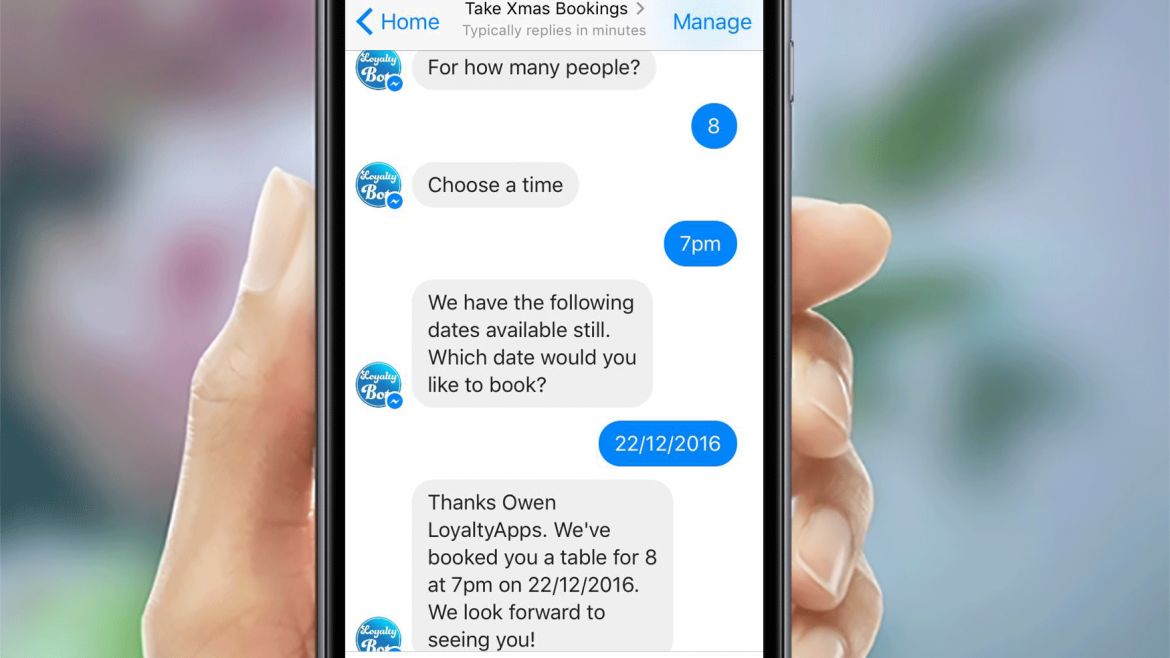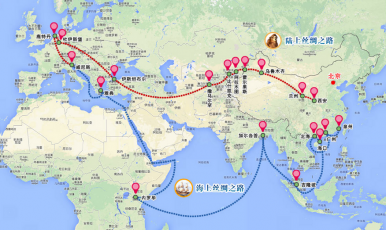As promised in my previous blog, I am going to share my knowledge on how to test a chatbot.
Manually testing a chatbot is laborious and takes a lot of time. But are there any chatbot test automation tools? Yes, there are. Meet Botium.
Botium – an introduction
To solve the problem of manually testing a chatbot Botium was created. It is an open source testing tool which bills itself as the “Selenium for Chatbots” . Botium allows testers to automate the testing of chatbot behavior using APIs. Tests can be executed in seconds, and they are easily repeatable with every software update.
Botium even provides a total management toolbox with predefined test environments and test sets with thousands of instant runnable tests.
Botium – how to test a chatbot
Sauce Labs offers a cloud based Selenium Server which can connect with Botium. Together with Sauce Labs I wrote a blog describing new testing tools like Botium, which are making it easy to execute automated tests for AIOps applications like chatbots.
Botium was the first tool I used for automating my chatbot tests and it is now an important member of my software testing tool stack.
In the Sauce Labs blog I discuss the following steps using Botium:
- Connect to Chatbot
- Select Test Sets
- Select Test Environments
This Sauce Labs blog is a great starting point to learn and use Botium.
Mind you, in this blog I do not explain how to connect the Sauce Labs Selenium Server with Botium. That is another how-to which you can find in the Further Reading section below.
Wrap Up
New testing tools like Botium are helping to address the challenges of testing chatbots by making it easy to execute automated tests for chatbot applications. As Chatbots grow in importance, automated testing solutions will remain critical for ensuring that Chatbots actually do what their designers intend.
Further Reading
https://saucelabs.com/blog/you-cant-have-aiops-without-automated-testing
https://github.com/codeforequity-at/botium-connector-webdriverio/blob/master/README.md



